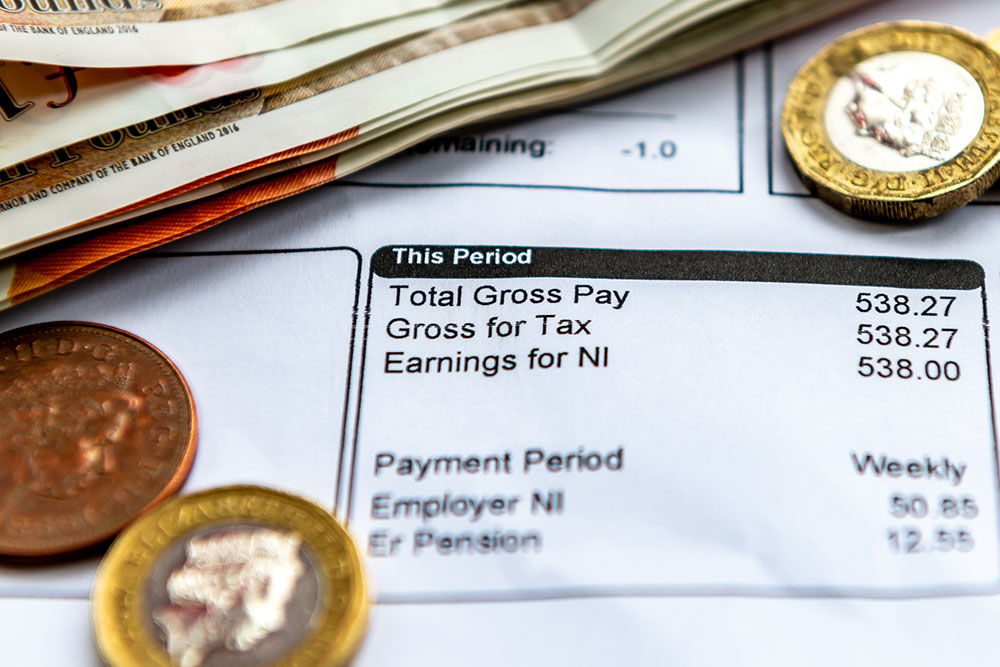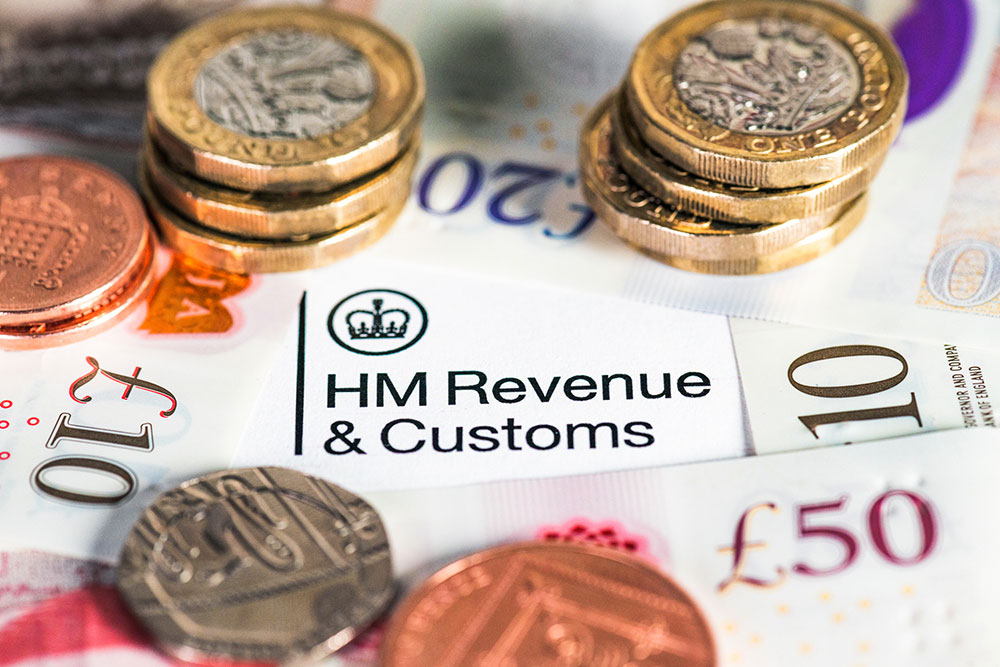
With the end of the tax year fast approaching, it’s a good time to organise your finances and make sure you make the most of your tax allowances, reliefs, and exemptions. Some of these allowances will be lost if you don’t use them before the end of the tax year. Additionally others will be reduced in the new tax year due to legislative changes.
This guide explains the main areas of planning you need to consider before the end of the tax year.
This year it’s important to note that the tax year end falls just after the long Easter weekend and therefore processing times may take slightly longer than usual. Our advice is always to beat the rush by being prepared and organised well in advance.
Individual Savings Accounts (ISAs)
- You can contribute up to £20,000 to your ISA in the current tax year.
- You need to use this allowance by 5th April 2024, or it will be lost.
- If your ISA is a ‘flexible ISA’ then you can also replace any withdrawals within the same tax year. Again, you need to do this by 5th April, or that additional ‘replacement subscription’ opportunity is lost.
- No tax is payable on any of the income or growth within your ISA, and you can usually withdraw money without penalty. Any money withdrawn can be replaced in the same tax year without using any of your allowance.
- Choose a Cash ISA if you are likely to need the money within a shorter timeframe (say, within 3-5 years). Interest rates have significantly improved in the last year so it’s worth shopping around.
- A Stocks and Shares ISA might be for you if you are seeking long-term growth and can cope with some potential market volatility. You can switch between Cash and Stocks and Shares later if you wish.
- Consider a Lifetime ISA (LISA) if you are saving for a first home.
Pension Contributions
- Pensions are extremely tax-efficient.
- You should make sure you take advantage of any pension funding offered by your employer.
- It’s worth making the maximum contribution to your pension, depending on your available allowances and personal budget.
- Check you are reclaiming higher and additional rate tax relief, particularly if you are making personal pension contributions.
- Higher and additional rate taxpayers can also use pension contributions to reduce their effective earnings, and bring them into a lower tax band.
- Make use of your carried forward allowances if available.
- If you have already taken taxable benefits from your pension, you might have triggered the Money Purchase Annual Allowance. If this applies to you, it’s even more important that you use your allowance before 5th April.
- Check if your remuneration will exceed £260,000 (including employer pension contributions) as this will also reduce your annual allowance.
Income Tax Allowances
You have a number of income tax allowances that can help to increase your net household income. If you arrange your income and assets efficiently, there is still time to make the most of these before the end of the tax year. For example:
- Personal Allowance – you can earn up to £12,570 before paying tax. If you are taking income from a pension, or planning a withdrawal from a bond, you can use this allowance to offset tax. Similarly, if you own a business, it’s a good idea to take some of your income as a salary to make use of this allowance.
- Marriage Allowance – a lower-earning spouse can transfer up to £1,260 of their tax-free personal allowance to their higher-earning partner, potentially reducing the family’s tax bill by up to £252.
- Dividend Allowance – dividends of up to £1,000 per year may be drawn (from your own company or from investments) without tax liability. This is reducing to £500 from April 2024, so if you have retained profits in a company, it’s worth making the most of this now.
- You can transfer assets to your spouse if they pay a lower rate of tax, or to make use of both savings allowances.
Capital Gains Tax Exemptions
- When you sell investments or property, you might need to pay Capital Gains Tax (CGT) on the profits.
- You can use your annual exemption to avoid building up large taxable gains. This tax year, you can realise gains of up to £6,000 without paying tax. This is reducing to £3,000 from April 2024, so you could save tax by realising more in the current tax year.
- Sell shares to realise a loss. The loss can be carried forward to set against gains in future years.
- Allocate some shares to a spouse. This does not incur tax, and means that you have double the exemption to set against gains.
Inheritance Tax Planning
- You can reduce your estate (and potential IHT liability) by making gifts to individuals, charities, or trusts. Charitable gifts are immediately outside your estate.
- You can gift up to £3,000 per year, which is immediately outside your estate. You can also carry forward this allowance by up to one tax year. A couple could potentially gift up to £12,000 by using two tax years’ worth of allowances. Some other exemptions are also available.
- If no exemptions apply, most gifts drop out of your estate after 7 complete years, so making the gift now starts the clock ticking earlier.
Tax Advantaged Investments
- Consider investing in smaller, early-stage companies. This can be done via Alternative Investment Market (AIM) listed shares, Enterprise Investment Schemes (EIS) or Venture Capital Trusts (VCT). These are very high-risk investments and are only suitable for experienced investors who can afford to lose the money. Advice is strongly recommended.
- Investing in this type of asset could reduce your income tax bill by up to 30% of the investment amount, or 50% if the investment is allocated to a particularly high-risk version of the EIS.
- An EIS investment offers the added advantage of being able to carry-back relief to the previous tax year, as well as the option to defer CGT on gains realised from other investments.
- AIM and EIS investments are also considered to be business assets and are usually subject to 100% Inheritance Tax relief if held for at least 2 years.
Charitable Gifting
- Make any charitable gifts you were planning before the end of the tax year. Gift Aid can increase the value of the gift in the hands of the charity, as well as reducing your tax bill.
- Remember to claim tax relief on any charitable gifts made in 2022/2023, as you can carry-back tax relief to the previous tax year, providing this is done before your tax return is due. This can be useful if your tax bill was higher last year.
- Think about gifting shares. No capital gains tax is due either when you gift the shares, or when the charity eventually sells them.
Saving for Children
- Top up any Junior ISAs for your children or grandchildren. You can contribute up to £9,000 in the current tax year.
- Consider making pension contributions for your child. Anyone can contribute up to £2,880 per year (grossed up to £3,600) to a pension for tax-efficient growth.
- These gifts can be extra efficient if you use them in conjunction with your gifting allowances above, or as regular gifts from surplus income.
Please don’t hesitate to contact a member of the team if you would like to find out more about planning for the tax year-end.





Recent Comments